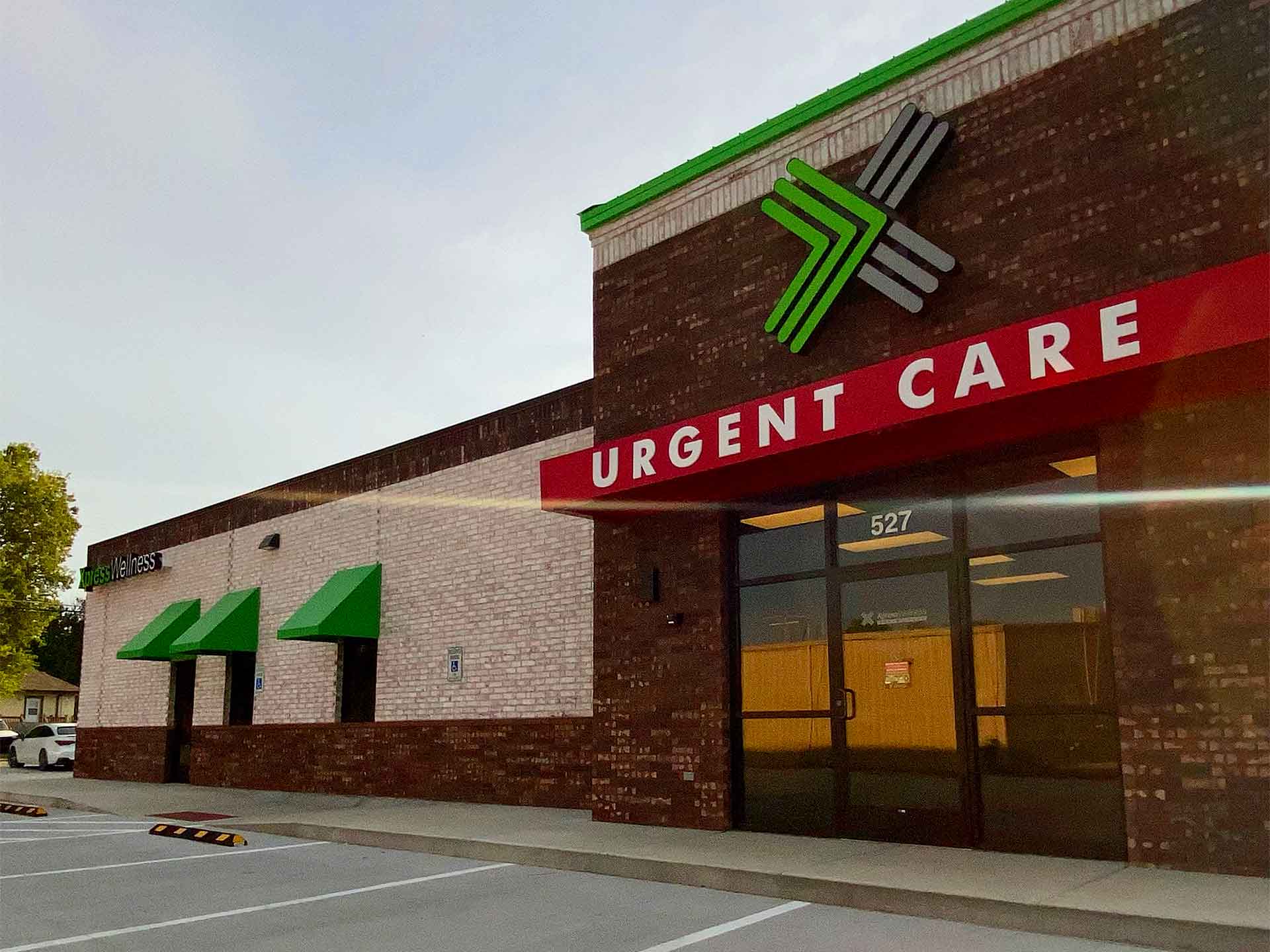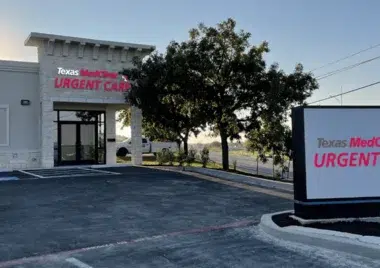How to Locate Trustworthy Urgent Care Clinics in Your Area
How to Locate Trustworthy Urgent Care Clinics in Your Area
Blog Article
Understanding the Role of Urgent Care in Providing Timely Treatment for Non-Life-Threatening Conditions
Urgent treatment centers have actually arised as a vital part of the healthcare landscape, resolving the instant demands of individuals with non-life-threatening conditions. Recognizing the nuances of immediate care might significantly affect patient results and the total effectiveness of medical care delivery.
What Is Urgent Care?
Immediate treatment refers to a classification of clinical services developed to address non-life-threatening conditions that call for immediate interest. These centers work as an intermediary in between medical care medical professionals and emergency spaces, providing a hassle-free option for clients that require timely care without the considerable waiting times normally connected with emergency departments.
Immediate treatment centers are typically staffed by medical experts, consisting of medical professionals, nurse professionals, and medical professional aides, who are trained to diagnose and treat a vast array of conditions. Typical services supplied by these facilities include therapy for small injuries, ailments, and infections, along with analysis examinations such as X-rays and research laboratory job.
The access of immediate treatment is a crucial consider its appeal, as several centers run beyond regular workplace hours, consisting of weekends and nights. This extended accessibility enables patients to obtain prompt care when their health care copyright might not be easily accessible. Additionally, immediate care facilities commonly approve walk-in individuals, eliminating the demand for visits. In general, immediate care plays a vital duty in the medical care system, guaranteeing patients can access necessary medical services promptly and effectively.

When to look for care at an immediate treatment center rather of a main treatment doctor or an emergency space,Lots of individuals might discover themselves unclear regarding. Immediate care is designed to resolve non-life-threatening conditions that require timely attention however are not severe sufficient to call for an emergency clinic see.
Typically, one need to think about immediate care for concerns such as minor cracks, strains, cuts needing stitches, or infections like urinary system tract infections. Furthermore, cool or flu signs, breakouts, and allergic responses can additionally be appropriately handled in this setup.
It is very important to keep in mind that immediate care is not appropriate for dangerous emergency situations, such as chest discomfort, trouble breathing, or severe bleeding, which require immediate emergency clinic intervention.
Individuals who do not have accessibility to a primary treatment physician or can not secure a timely visit might likewise take advantage of immediate treatment services. Ultimately, comprehending when to use urgent care can result in a lot more reliable medical care delivery, allowing people to receive the appropriate level of care based on their particular health and wellness needs.
Benefits of Urgent Care Centers
Choosing urgent treatment facilities for non-life-threatening problems offers a number of advantages that enhance client experience and availability. One main benefit is the reduced wait times compared to traditional emergency clinic. Immediate treatment facilities normally run on a first-come, first-served basis, enabling clients to receive timely clinical interest without the lengthy delays frequently related to medical facility settings.
In addition, immediate treatment centers provide extended hours, consisting of weekend breaks and evenings, accommodating people with differing routines. This adaptability ensures that people can look for care when it is most hassle-free for them, additionally promoting prompt treatment.

Furthermore, these facilities often use a thorough variety of services, including analysis examinations and minor treatments, all under one roof. This consolidation of solutions not just enhances the individual experience however also cultivates a much more cohesive strategy to managing non-life-threatening health concerns, eventually benefiting total client outcomes.
Common Problems Treated
At urgent treatment centers, a selection of non-life-threatening conditions can be successfully treated, giving clients with obtainable and timely medical support. These facilities are especially experienced at dealing with concerns that require prompt interest but do not present a prompt risk to life or arm or leg.
Typical conditions dealt with at immediate care centers include small injuries such as strains, pressures, and cracks. Urgent care facilities are equipped to execute necessary analysis examinations, such as X-rays and lab tests, allowing them to supply detailed care.
Additionally, immediate care carriers can provide inoculations, helping to avoid the spread of transmittable conditions - Urgent Care. They likewise provide solutions for minor procedures, such as suturing wounds or draining pipes abscesses. By using these diverse solutions, immediate care facilities play an essential function in connecting the gap in between main treatment and emergency situation services, guaranteeing clients obtain timely treatment for a vast variety of problems without the requirement for long haul times normally connected with emergency spaces
How Urgent Treatment Supports Health Care System
Immediate care facilities play an essential role in supporting the overall healthcare system by easing the concern on emergency situation departments and providing prompt he has a good point accessibility to healthcare for non-life-threatening conditions. By handling cases such as small injuries, infections, and health problems, urgent treatment facilities enable emergency situation departments to concentrate on more important clients calling for immediate interest.
Moreover, urgent treatment facilities enhance click now healthcare access, offering prolonged hours and an extra convenient option to typical health care settings. This availability is particularly useful for individuals that may not have a regular physician or that call for immediate treatment outside of normal workplace hours. Consequently, immediate treatment facilities effectively decrease wait times and enhance person complete satisfaction.
Furthermore, urgent treatment centers add to cost savings for both patients and the healthcare system by offering lower-cost services compared to emergency departments. This monetary effectiveness is important in an age of increasing healthcare expenses, enabling clients to get required care without incurring inflated costs.
Conclusion
Finally, urgent treatment facilities play a crucial function in the health care system by delivering punctual therapy for non-life-threatening conditions. By bridging the gap in between medical care and emergency rooms, these facilities make sure that patients receive prompt clinical interest without the lengthy delay times generally related to emergency divisions. The availability and effectiveness of urgent treatment important site centers add considerably to reducing the overall worry on health care resources, boosting individual outcomes, and promoting a more reliable health care distribution system.
Immediate care facilities have emerged as an important part of the health care landscape, addressing the instant needs of people with non-life-threatening conditions. Urgent treatment sees typically sustain lower out-of-pocket costs compared to emergency division gos to, making treatment much more budget-friendly for patients without jeopardizing top quality. Urgent treatment facilities are geared up to execute required analysis tests, such as X-rays and laboratory tests, allowing them to give thorough care.
By using these varied services, urgent treatment facilities play a vital role in connecting the void between main treatment and emergency situation solutions, guaranteeing individuals obtain timely treatment for a large array of problems without the need for long wait times commonly linked with emergency situation rooms.
Furthermore, urgent treatment facilities boost medical care ease of access, supplying extensive hours and a more convenient alternative to conventional main treatment settings.
Report this page